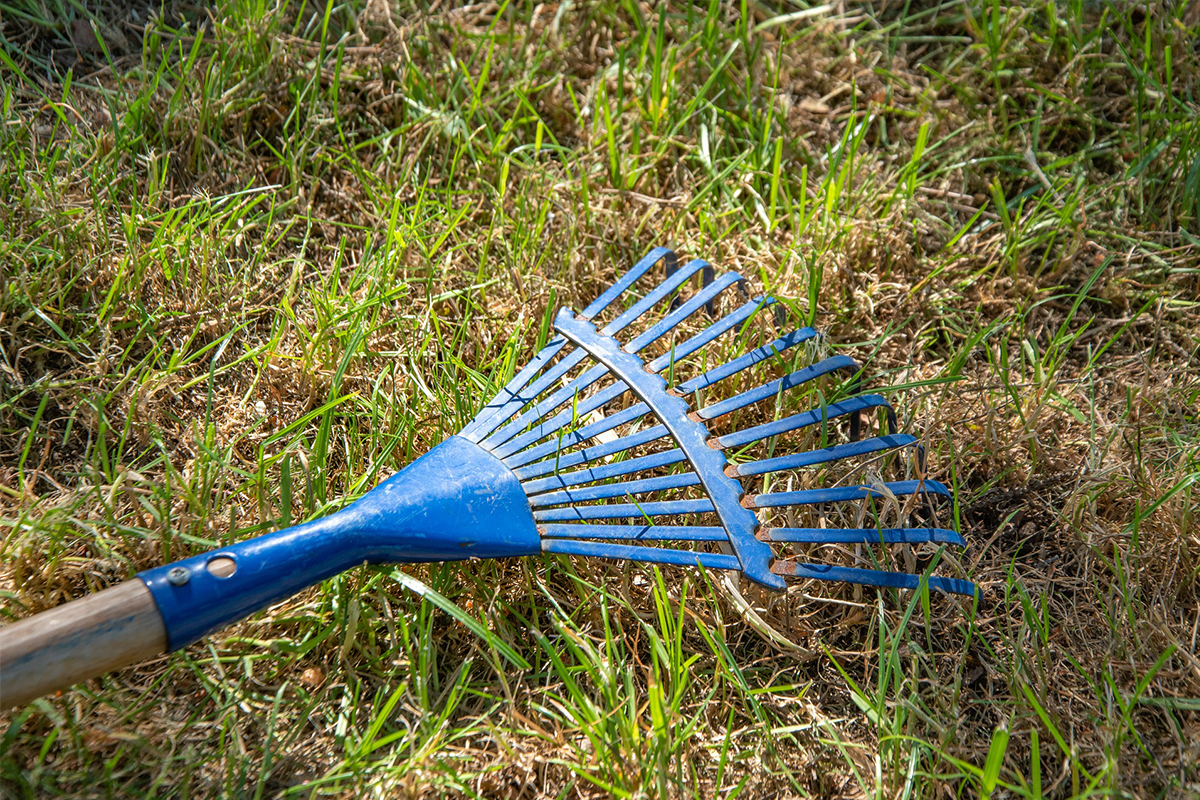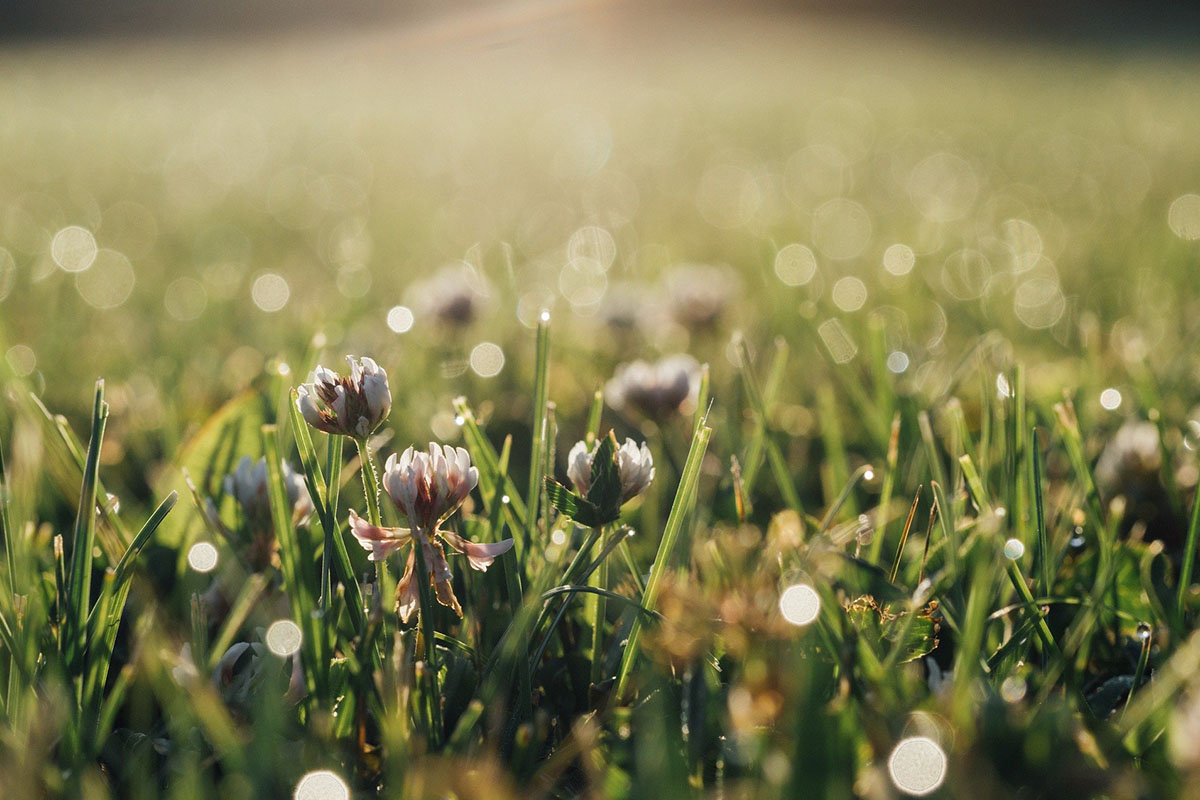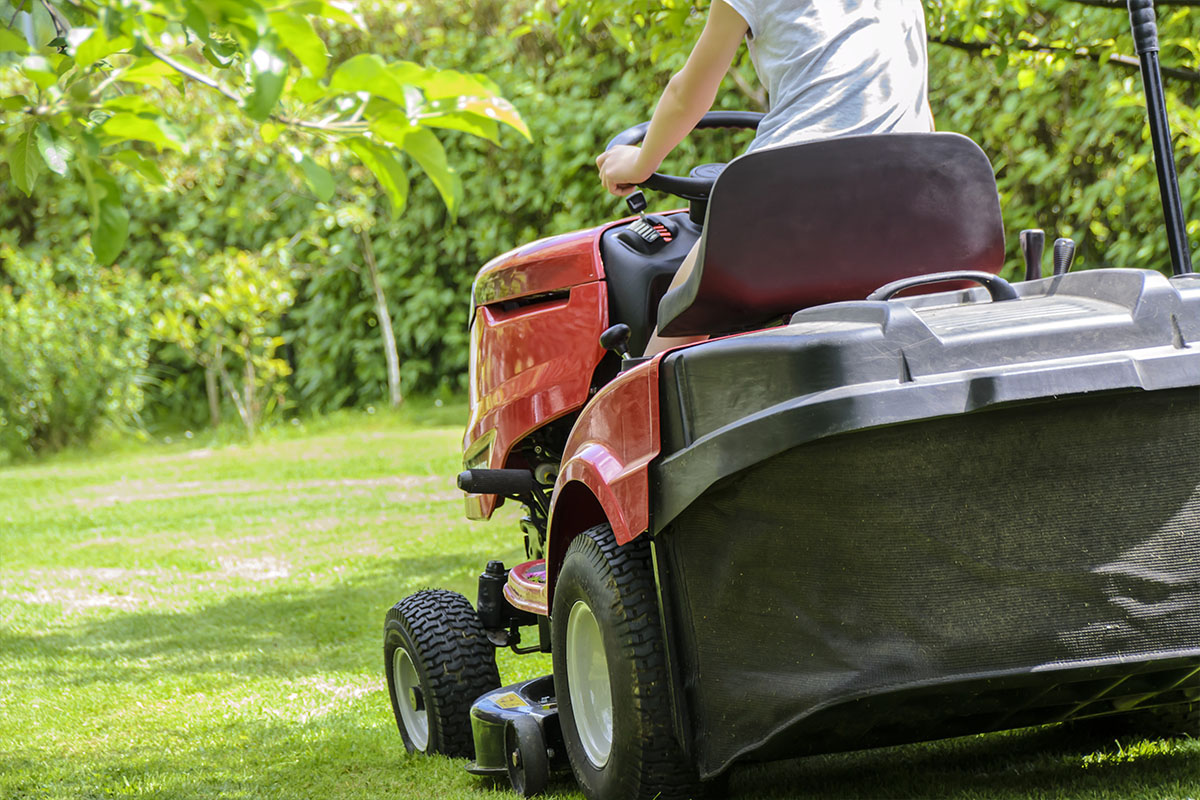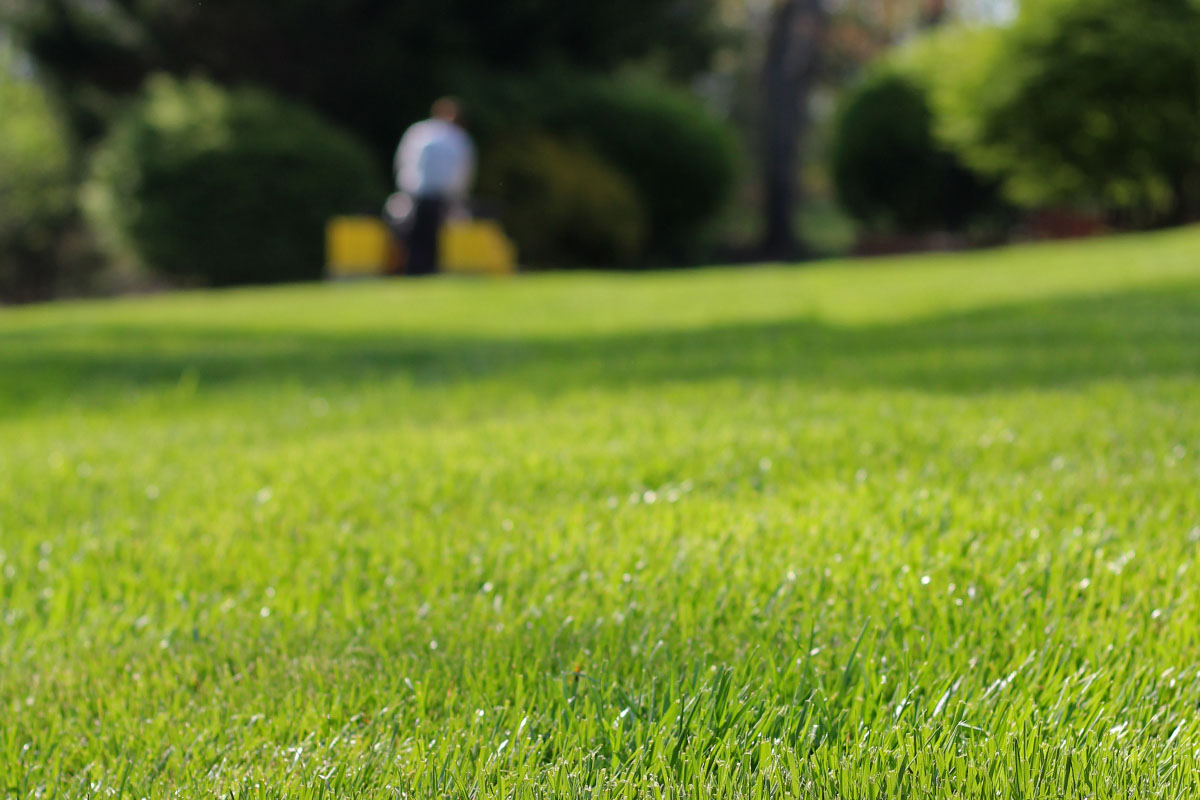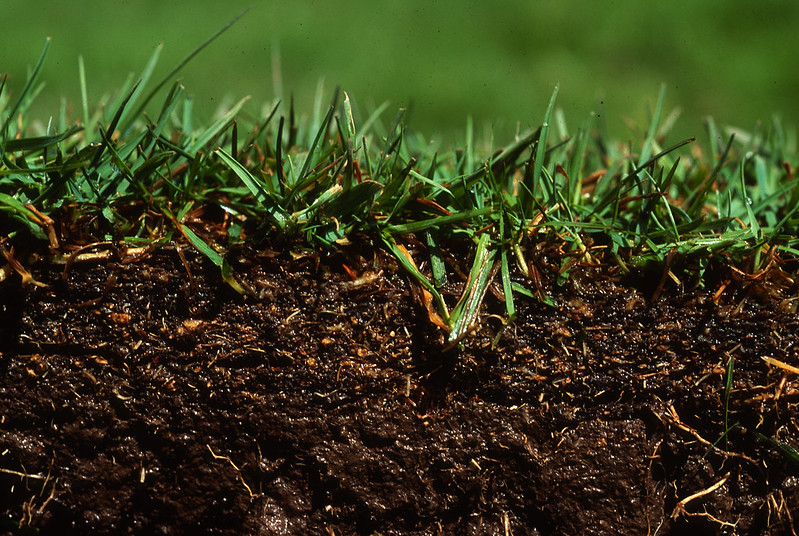Here in the New River Valley in mid February, most are still in winter mode. Punxsutawney Phil’s prediction of an early spring, followed by several unseasonably warm days may have temporarily shifted some of us out of that. But with the return of more average winter-like temperature to our area, it’s hard to tell when spring will show its face for good.
We at Green Care are revving up for spring! And, as the days start to warm, your lawn is also preparing for that time of new growth. So we wanted to share some of our top tips for preparing your lawn and landscape for spring to help ensure a good growing season.
1. Remove Debris & Rake
Walk around your property and remove any large branches, twigs, and other various debris that may have fallen or blown there during the winter months. Once you get the biggest stuff up by hand, it’s time to rake.
If you thought raking was only for the fall, think again. A thorough raking of your lawn in early spring will help you not only get up those leftover leaves, but will also help remove grass blades that may have died over the winter.
As you rake, be on the lookout particularly for areas that are matted down and discolored. These spots may be caused by snow mold, a turf condition that sometimes presents itself in Southwest Virginia. Raking over these spots can help loosen up the area, encouraging new growth. Virginia Cooperative Extension recommends the following:
“Use a heavy garden rake to work up the matted turf in the affected areas in order to increase air and moisture movement into the turf canopy. While snow molds can kill turf completely to the crown (i.e. its growing points), they most often only attack the leaves, thus leaving an eyesore for the lawn, but one that has potential for regrowth.”
Check out their article for more information about snow mold.
As a side note, if you notice a lot of bare spots in your lawn, you may be tempted to seed them. While spring may seem like the perfect time of year to seed, we actually recommend you wait until fall for several reasons. If you’d like more information about that, check out this article on it!
2. Get a Soil Test
Early spring is a great time of year for a soil test. Soil tests measure the pH and nutrients levels of your soil, which can help you know what fertilization or lime needs your lawn requires for optimal plant growth. Many soils in Virginia are acidic and benefit from lime treatment.
Green Care can provide you with a complete graphical soil analysis. Each analysis is comprised of 25 to 30 subsamples, taken from each area of interest at your site. These are mixed together and sent to the lab for analysis. The results and our recommendations are then sent to you. This soil analysis usually costs $30, but right now we are running a special and you can get it for $3 off. We recommend a soil test at this time of year so that you know which treatments will help you achieve the best looking lawn possible!
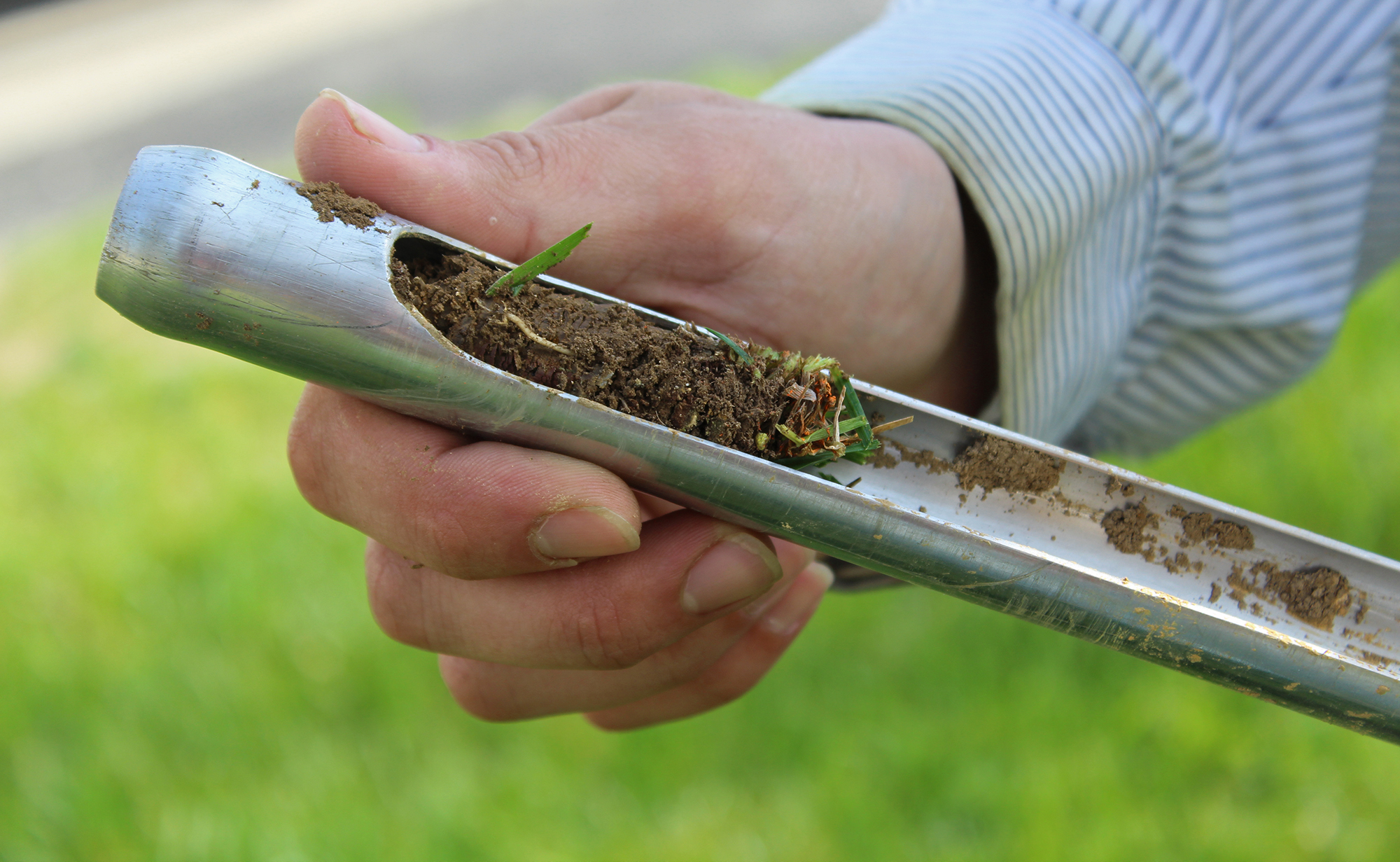
3. Control for Weeds & Fertilize
That brings us into our next point. Spring is an important time of year for treating your lawn to prevent pesky weeds and to ensure a lush, green turf. Pre-emergent herbicides applied at just the right time in early spring will help prevent crabgrass. Fertilizers will help feed your grass, but you need to be mindful about the timing, as well as using the proper type and quantity, keeping in mind the results of your soil test, if applicable. VCE puts it this way:
“While aggressive spring and summer nitrogen fertilization will likely lead to lush, dark green foliage, this growth is often at the expense of the root system and the process of food storage. An inadequate root system due to excessive spring nitrogen results in a turf that struggles to survive as the stresses of summer arrive.”
Be careful about which products you are using and when you are using them so that you aren’t inadvertently causing damage to your turf in your efforts to create a beautiful lawn.
At Green Care, we are weed control and fertilization specialists. Many homeowners feel out of their league when thinking about these issues, and we don’t blame you! If you don’t already, let Green Care handle your weed control and fertilization this year with a personalized program that is custom fit for your lawn. We are beginning our programs very soon, so now is a great time to get in touch with us.
4. Clean, Prune, & Mulch
After you’ve attended to your turf, you’ll also want to take a couple steps to prep your landscape for spring. Remove or trim back any dead branches from trees and shrubs. Clean up your flowerbeds by pulling up any dead annuals, weeds, and other debris that may be in the bed. Refine the bed edges as needed and then add in some fresh mulch. Not only does this help reduce weed growth in the beds, but it also boosts your curb appeal, giving your beds that fresh spring look!
We hope you find these tips helpful as we make the transition to spring in the NRV (hopefully sooner rather than later). If you have any specific questions, or would like to discuss how Green Care can help care for your lawn throughout the year, get in touch with us today!

